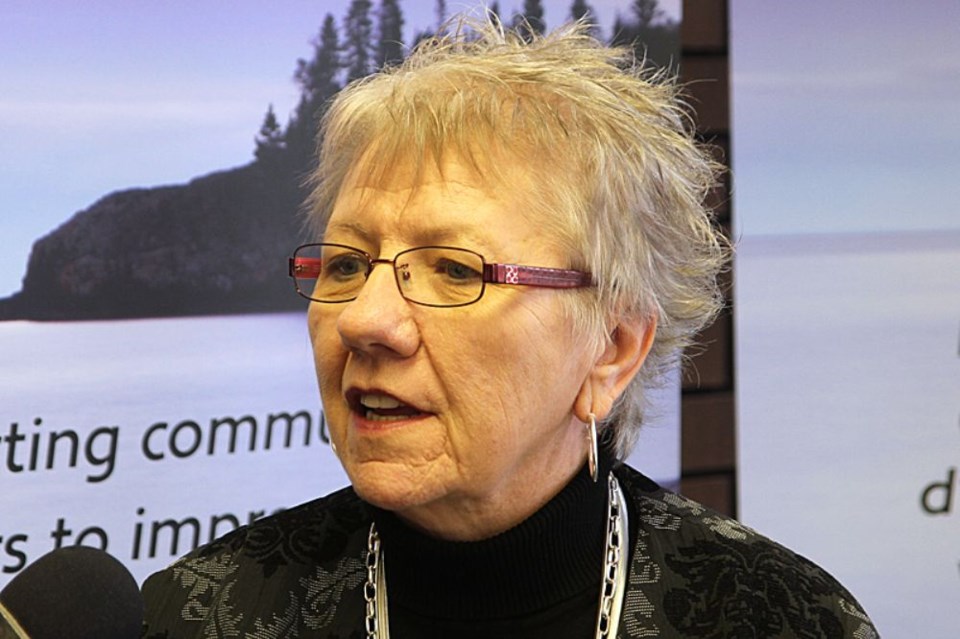THUNDER BAY – Despite the region shedding nearly 20,000 jobs from 2003 to 2013, there is hope the labour market is starting to stabilize.
That’s a finding from the Northern Policy Institute, which on Friday released report called Settling Down in the Northwest: Stability and Opportunity in the Northwestern Ontario Labour Market which outlined recent trends.
The number of people employed in the region peaked in 2003 at 118,000, before declining and hitting a low of 99,000 in 2011.
Since then it has rebounded to slightly more than 100,000 which is good news, says Madge Richardson, executive director of North Superior Workforce Planning Board.
“I’m very cautiously optimistic but overall optimistic. The employment, although we’ve had some volatility with some ups and downs, is stabilizing,” Richardson said.
“No, we haven’t fully recovered from where it was in its heyday. However, in the last number of years it is stabilizing around the 100,000 mark so that in itself is a good sign.”
One of the sectors most responsible for the decrease was in goods-producing jobs, which dropped by 43 per cent from 2003 until 2013.
There were 30,200 such jobs in 2003 compared to 17,100 in 2013.
Richardson said she believes the sector has the potential to rebound, though it will require forward thinking and adapting to future market conditions.
“I think all sectors and labour activity is cyclical. Certainly, there has been a huge downturn in the forestry industry but it too is showing a resurgence but it’s different,” she said.
“It’s not the same standard jobs we may have seen a number of years ago however the jobs are still there.”
The study also found there has been an ongoing negative net youth migration, with many between the ages of 15-29 leaving Northwestern Ontario to find work.
In 2013 there was a net decline of 400 youth, with the majority coming from the 20 to 24-year-old demographic.
James Cuddy, who authored the report, said that trend has been gradually slowing but it’s not enough to just acknowledge the youth that are choosing to stay.
“I think what we have to focus on now is working together collaboratively, looking at some of the strategies and what we can do locally to ensure they do stay here and not only are employed but employed in what they are interested,” he said.
Richardson is already seeing evidence that some of the younger members of the work force are either staying or returning home, possibly as a result of the downturn in the oil industry.
While it hasn’t yet resulted in a flood, the job market would benefit from many of those people returning home.
“It’s something that’s going to adjust. If they all came in at once certainly it would be something that would have to be addressed fairly quickly,” she said.
“But when we’re not populating and reproducing as much as we did to stay as economically viable we need that new labour force coming in so we need people to move into the Thunder Bay district.”
Richardson said further analyses will be conducted later this year which will allow experts to see more specific trends.
